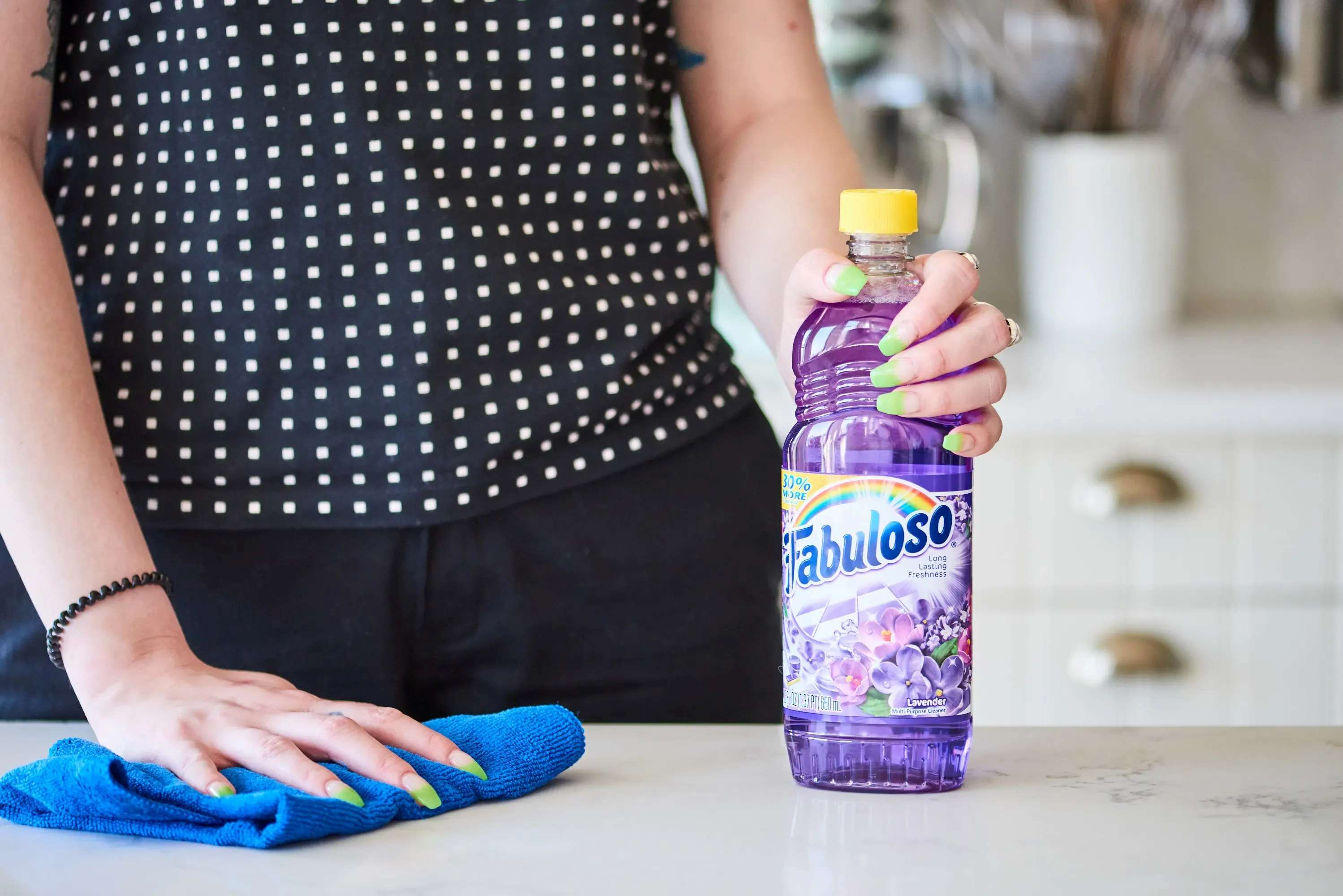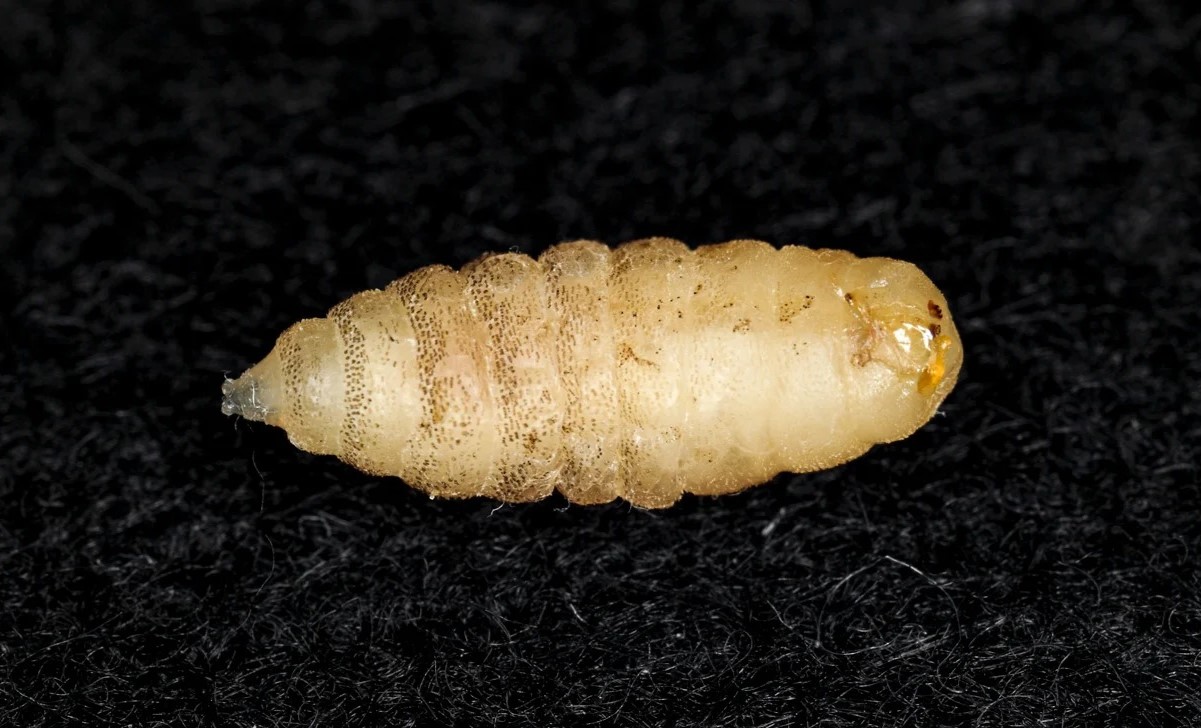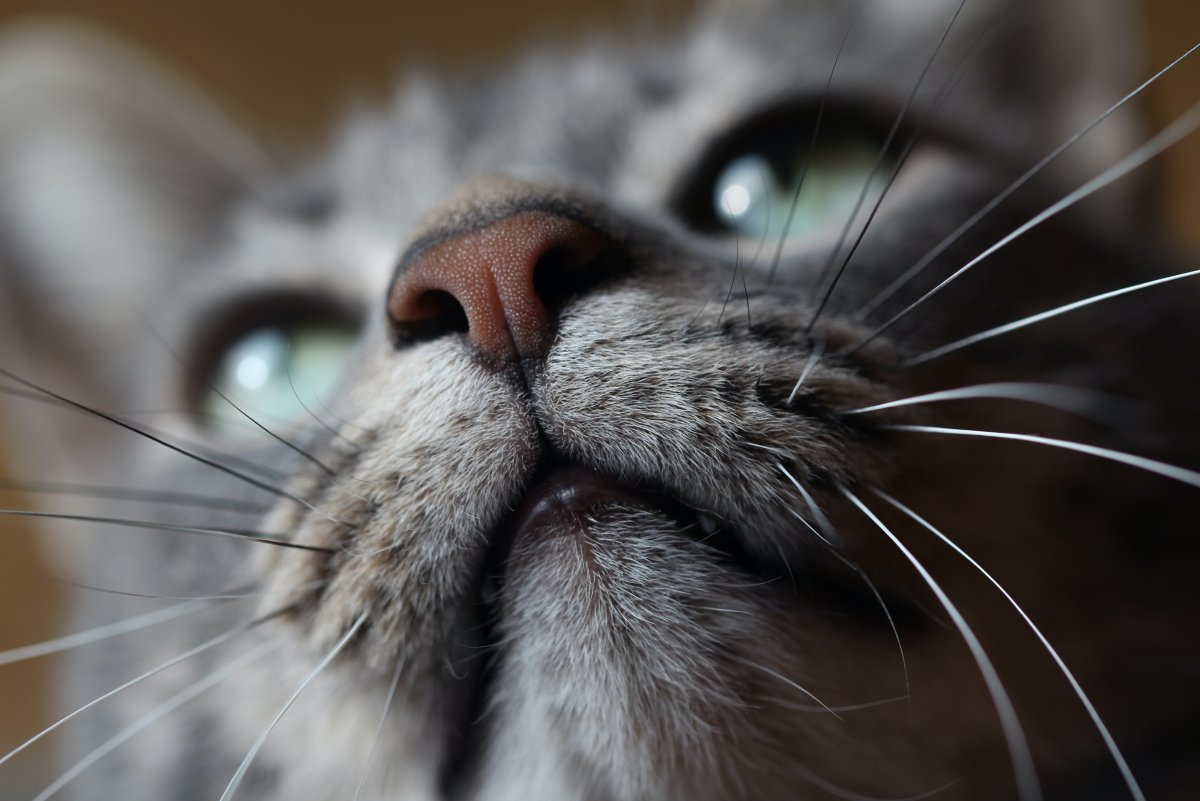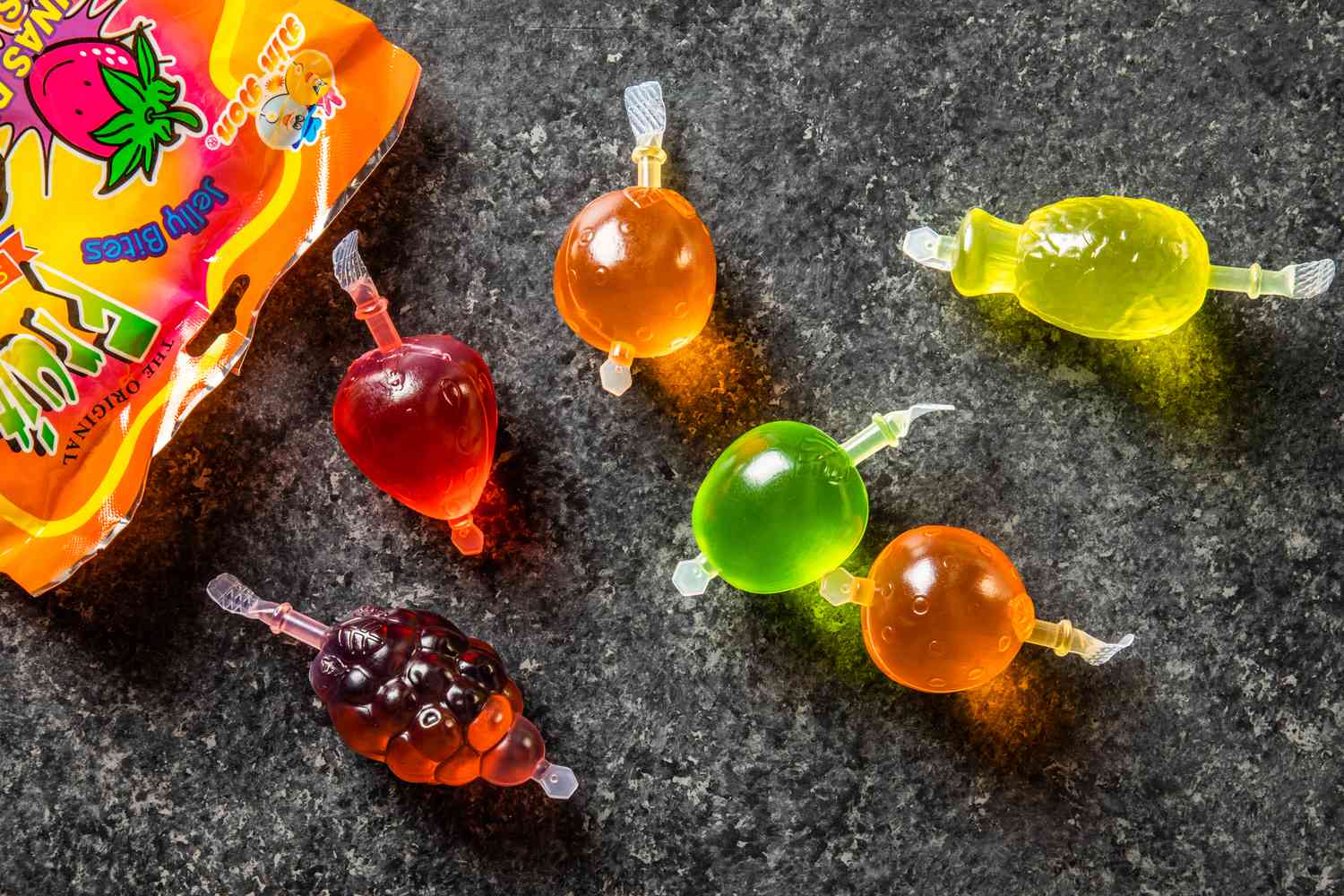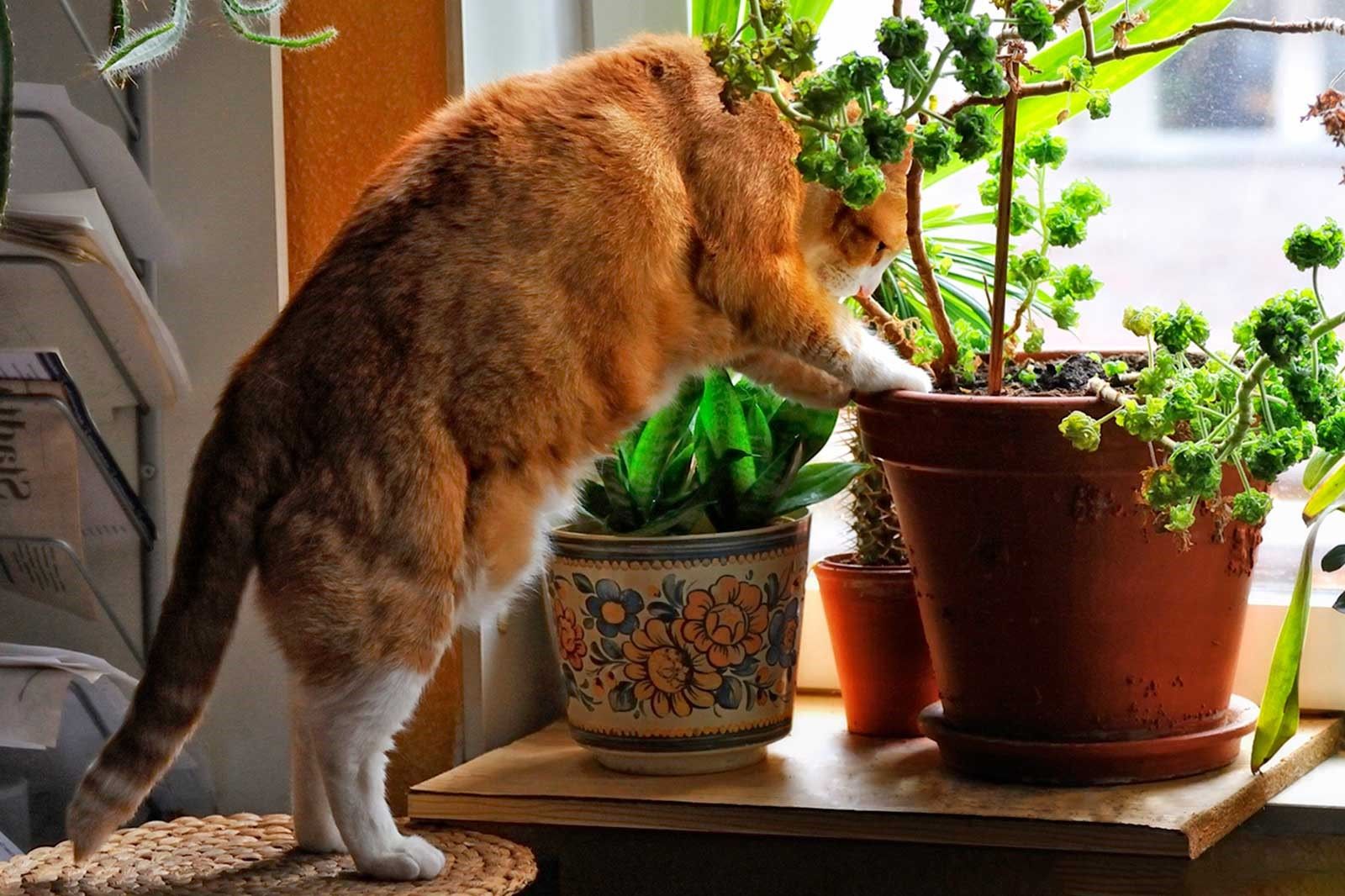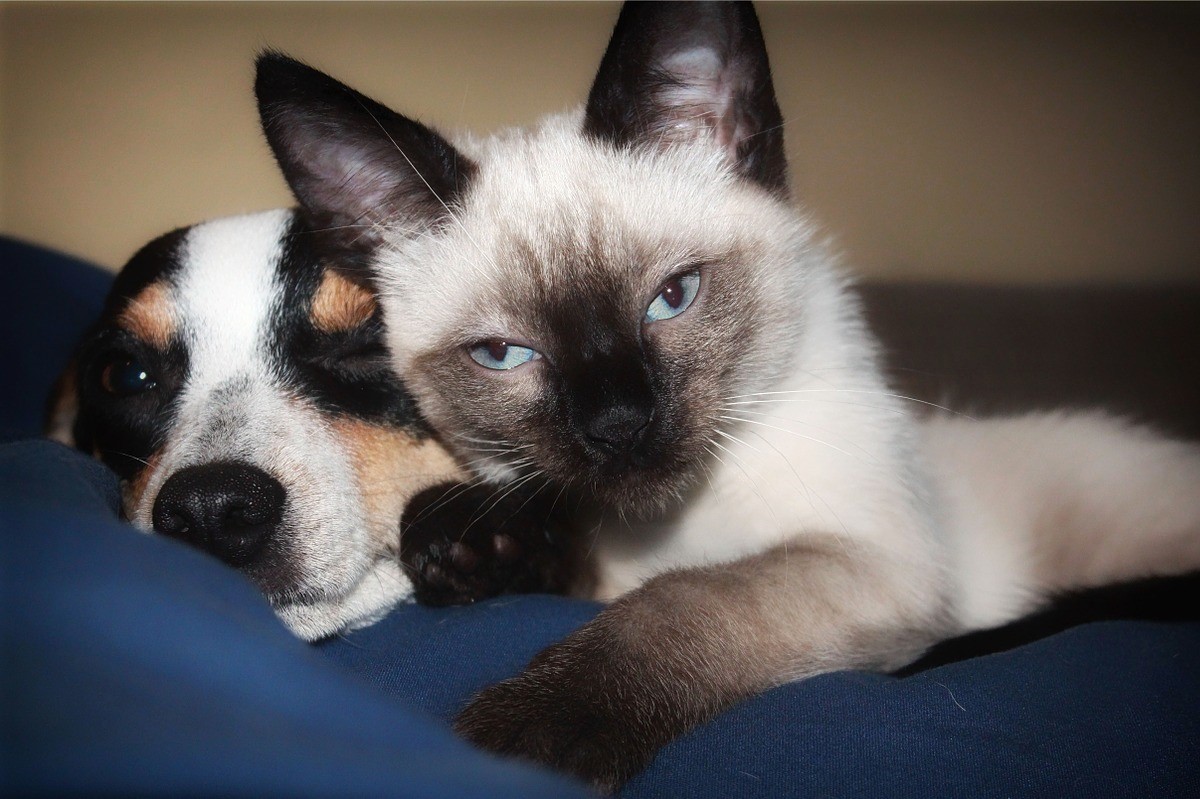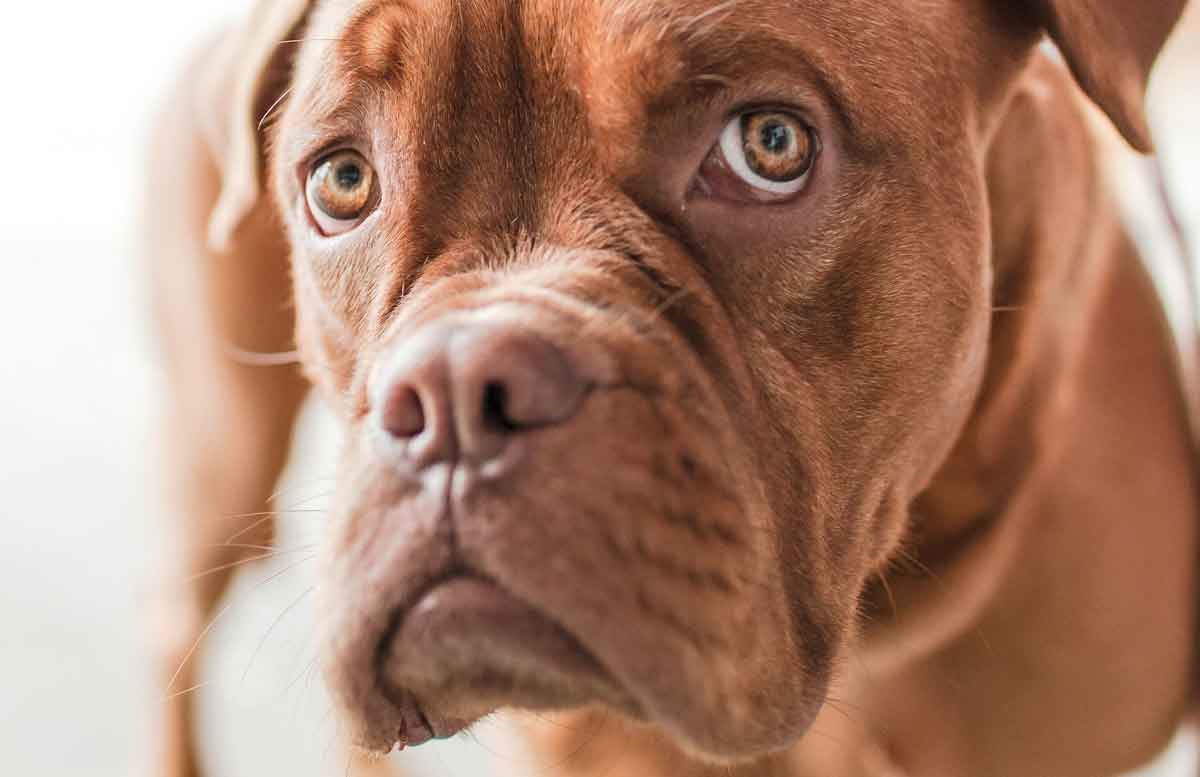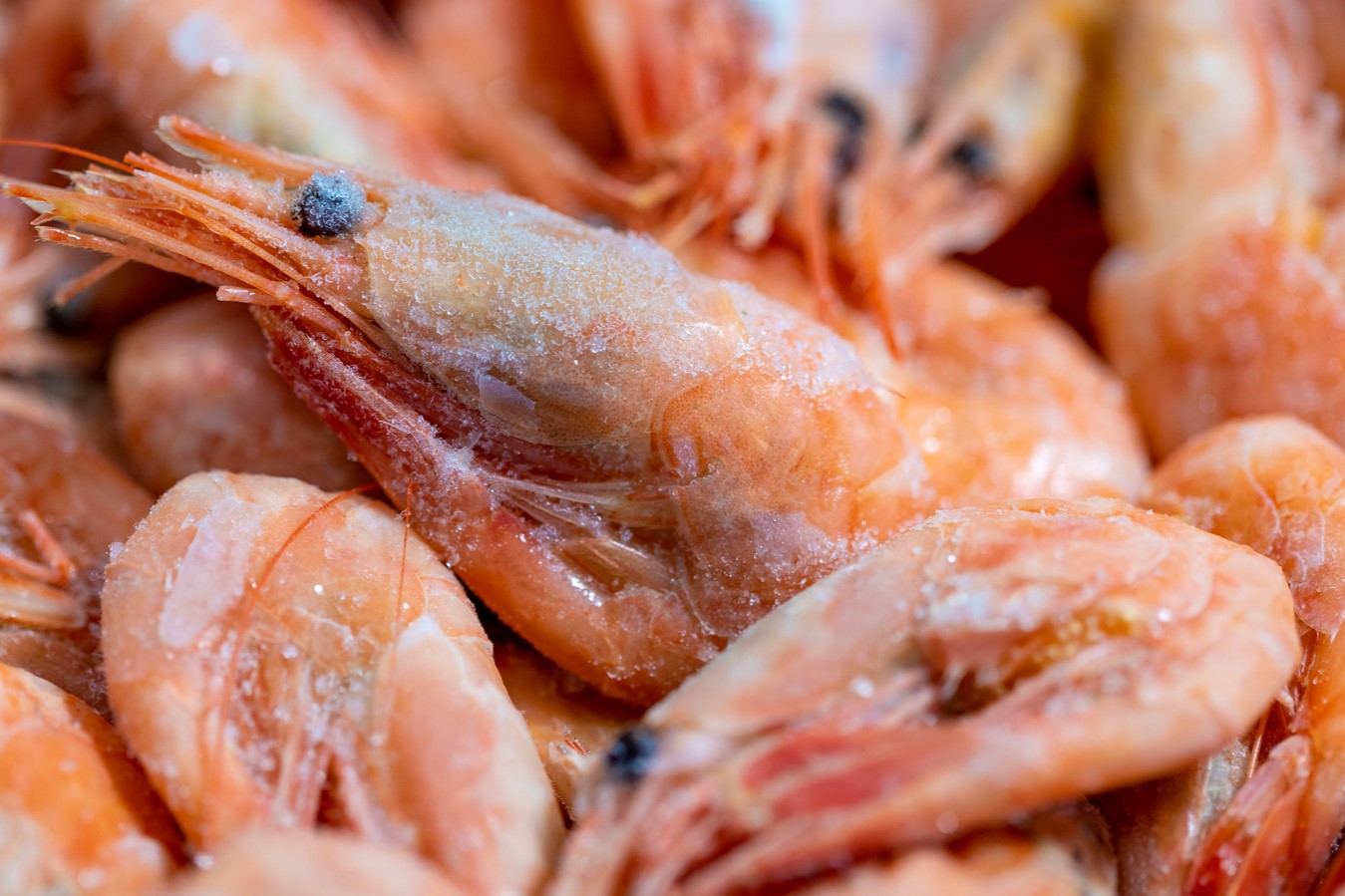Home>Health and Wellness>Shocking Truth: Pothos Plants Spell Danger For Cats And Dogs!
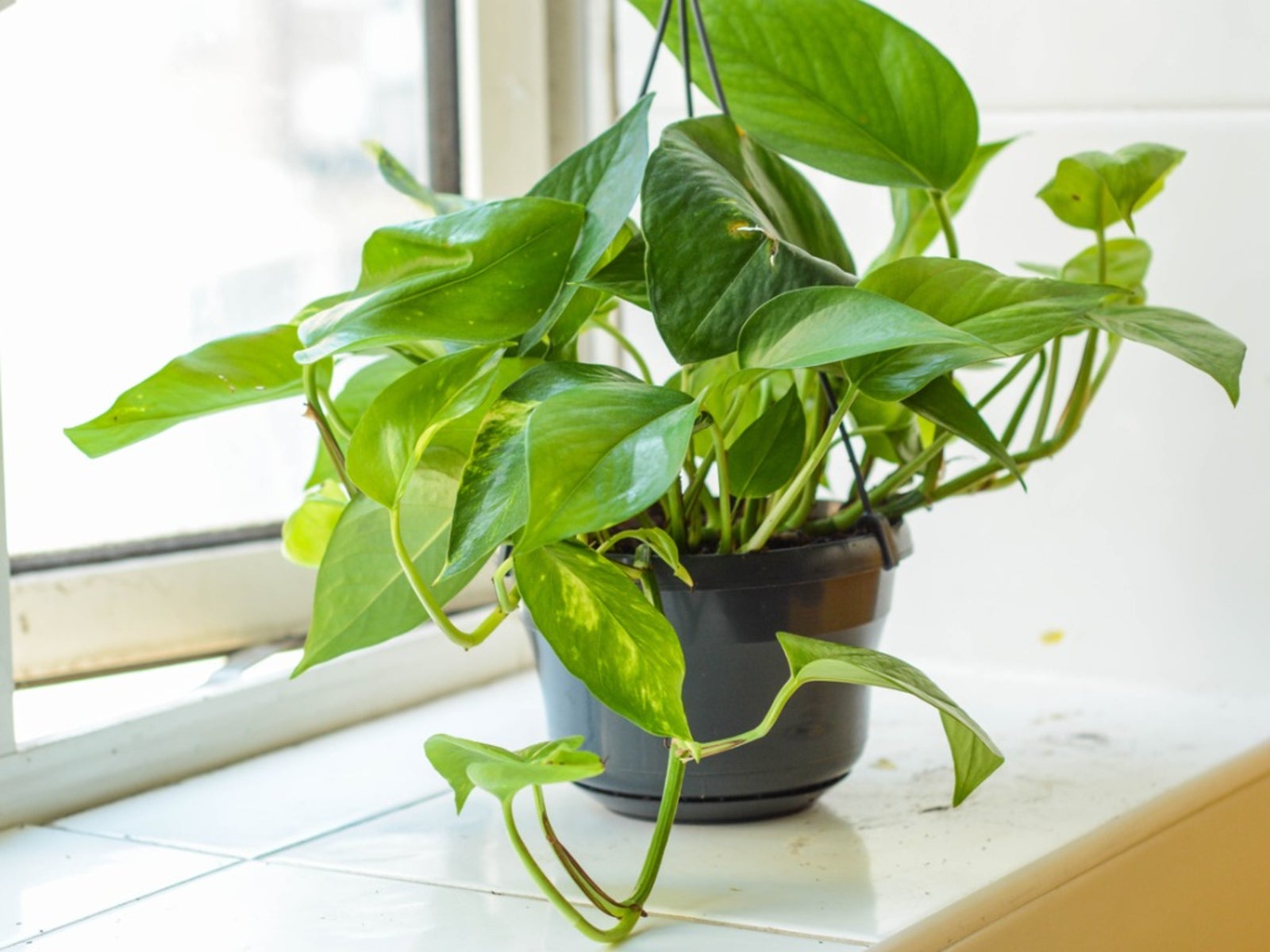

Health and Wellness
Shocking Truth: Pothos Plants Spell Danger For Cats And Dogs!
Published: February 9, 2024
Discover the hidden dangers of pothos plants for your pets. Learn how to keep your cats and dogs safe with our health and wellness tips. Protect your furry friends today!
(Many of the links in this article redirect to a specific reviewed product. Your purchase of these products through affiliate links helps to generate commission for Noodls.com, at no extra cost. Learn more)
Table of Contents
Introduction
Pothos plants, also known as devil's ivy or golden pothos, are popular indoor houseplants appreciated for their lush foliage and low maintenance. These plants are favored for their ability to thrive in various conditions, making them a common sight in homes, offices, and public spaces. However, despite their aesthetic appeal, pet owners need to be aware of the potential dangers that pothos plants pose to their furry companions.
While these green beauties can effortlessly brighten up any space, they harbor a hidden threat to cats and dogs. Pothos plants contain insoluble calcium oxalate crystals, which are toxic to pets when ingested. These sharp crystals can cause a range of distressing symptoms, making it crucial for pet owners to recognize the risks associated with these seemingly harmless plants.
In the following sections, we will delve into the toxicity of pothos plants, the symptoms of poisoning in cats and dogs, appropriate treatment methods, and essential tips for preventing pothos poisoning in pets. By gaining a deeper understanding of these critical aspects, pet owners can effectively safeguard their beloved animals from the potential harm posed by pothos plants.
Toxicity of Pothos Plants
Pothos plants, scientifically known as Epipremnum aureum, are revered for their air-purifying qualities and vibrant green foliage, making them a popular choice for indoor plant enthusiasts. However, beneath their alluring exterior lies a potential hazard for pets. The toxicity of pothos plants stems from the presence of insoluble calcium oxalate crystals within their leaves. When ingested by cats or dogs, these microscopic crystals can trigger a range of adverse reactions, posing a serious threat to their well-being.
The calcium oxalate crystals found in pothos plants are sharp and needle-like, capable of causing significant irritation and injury upon contact with the oral cavity, esophagus, and stomach lining of pets. When a curious cat or playful pup chews on or ingests parts of the pothos plant, these toxic crystals can lead to symptoms of poisoning, ranging from mild discomfort to severe distress.
It's important to note that the toxicity of pothos plants is not limited to ingestion. Even mere contact with the plant's sap or leaves can result in skin irritation for pets, causing redness, itching, and potential inflammation. Therefore, pet owners must exercise caution and awareness regarding the presence of pothos plants within their living spaces to ensure the safety of their furry companions.
In light of these potential dangers, it is crucial for pet owners to recognize the inherent toxicity of pothos plants and take proactive measures to prevent accidental exposure and poisoning in their pets. By understanding the risks associated with these common household plants, pet owners can effectively mitigate the threat posed by pothos toxicity and create a secure environment for their beloved animals.
Symptoms of Poisoning in Cats and Dogs
Recognizing the symptoms of pothos poisoning in cats and dogs is paramount for prompt intervention and effective treatment. Upon ingestion or contact with pothos plants, pets may exhibit a range of distressing signs indicative of toxicity. It is essential for pet owners to be vigilant and attentive to any unusual behaviors or physical manifestations in their furry companions, as early detection can significantly impact the outcome of poisoning cases.
The symptoms of pothos poisoning in cats and dogs can manifest in various ways, reflecting the severity of their exposure to the toxic elements present in the plant. Common symptoms of pothos poisoning may include:
-
Oral Irritation: Pets that have come into contact with pothos plants may display signs of oral irritation, such as drooling, pawing at the mouth, or increased licking of the lips. This behavior is often a result of the sharp calcium oxalate crystals causing discomfort and inflammation in the oral cavity.
-
Gastrointestinal Distress: Ingesting parts of a pothos plant can lead to gastrointestinal issues in pets, including vomiting, diarrhea, and abdominal discomfort. These symptoms may indicate the body's response to the toxic components of the plant, as it attempts to expel the harmful substances.
-
Difficulty Swallowing: Pets experiencing pothos poisoning may exhibit difficulty swallowing, often accompanied by signs of discomfort or distress when attempting to consume food or water. This difficulty may result from the irritation and swelling caused by the ingestion of calcium oxalate crystals.
-
Respiratory Complications: In severe cases of pothos poisoning, pets may encounter respiratory difficulties, characterized by labored breathing, coughing, or wheezing. These symptoms can arise if the airways become inflamed due to the ingestion or inhalation of pothos plant components.
-
Lethargy and Weakness: Pothos poisoning can lead to a general sense of lethargy and weakness in affected pets. They may appear unusually tired, listless, or lacking in energy, signaling the impact of the toxic substances on their overall well-being.
-
Excessive Salivation: Increased salivation, often accompanied by pawing at the mouth or face, can indicate the presence of pothos toxicity in pets. This excessive salivation is a response to the oral irritation caused by the toxic components of the plant.
It is important to note that the severity and combination of symptoms can vary based on the extent of the pet's exposure to pothos plants. Additionally, individual animals may exhibit unique reactions to poisoning, emphasizing the need for attentive observation and swift action when symptoms are observed.
By familiarizing themselves with these potential symptoms, pet owners can proactively monitor their pets for any signs of pothos poisoning, enabling them to seek timely veterinary care and intervention. Early recognition of these symptoms can significantly improve the prognosis for affected pets, ensuring their swift recovery and well-being.
Treatment for Pothos Poisoning
Upon suspecting or confirming pothos poisoning in a cat or dog, immediate veterinary attention is crucial to mitigate the adverse effects and facilitate the animal's recovery. Treatment for pothos poisoning focuses on addressing the specific symptoms and providing supportive care to alleviate the pet's distress.
Veterinary intervention typically begins with a thorough examination to assess the extent of the pet's exposure to pothos plants and the severity of their symptoms. In cases of oral ingestion, the veterinarian may administer measures to prevent further absorption of the toxic substances, such as inducing vomiting or administering activated charcoal to bind and neutralize the toxins within the gastrointestinal tract.
To alleviate oral irritation and inflammation caused by the sharp calcium oxalate crystals, the veterinarian may recommend rinsing the pet's mouth with water or a specialized oral solution to soothe the affected tissues. Additionally, supportive care, including intravenous fluids, may be provided to maintain hydration and aid in flushing out the toxins from the pet's system.
In instances where pets exhibit respiratory distress or severe symptoms, such as difficulty breathing or pronounced swelling, the veterinarian may administer oxygen therapy and medications to alleviate airway inflammation and ensure adequate oxygenation. Close monitoring of the pet's vital signs and overall condition is essential during the treatment process, allowing for prompt adjustments and interventions as needed.
Depending on the severity of the poisoning and the pet's response to initial treatment, hospitalization for observation and supportive care may be recommended. This enables veterinary professionals to closely monitor the pet's progress, address any emerging complications, and provide round-the-clock care to facilitate their recovery.
It is important for pet owners to adhere to the veterinarian's recommendations and follow-up instructions diligently, ensuring that the pet receives prescribed medications and any necessary post-treatment care. Additionally, creating a pet-safe environment free of potentially toxic plants, including pothos, is crucial to prevent future incidents of poisoning and safeguard the well-being of the beloved animals.
By seeking timely and comprehensive veterinary care, pet owners can provide their furry companions with the best possible chance of recovery from pothos poisoning. The attentive and proactive approach to treatment, coupled with the expertise of veterinary professionals, plays a pivotal role in ensuring the well-being and health of pets affected by pothos toxicity.
Preventing Pothos Poisoning in Pets
Preventing pothos poisoning in pets is paramount for creating a safe and secure environment where cats and dogs can thrive without the risk of toxic exposure. Implementing proactive measures and awareness strategies can significantly reduce the likelihood of accidental ingestion or contact with pothos plants, safeguarding the well-being of beloved animals.
Pet-Friendly Plant Selection
One of the most effective ways to prevent pothos poisoning in pets is to carefully select and cultivate non-toxic plants within the living space. Opting for pet-friendly houseplants that pose no harm to cats and dogs ensures a worry-free environment. Researching and choosing greenery such as spider plants, Boston ferns, or African violets, which are safe for pets, allows pet owners to enjoy the beauty of indoor foliage without compromising their furry companions' safety.
Elevated Placement and Enclosures
Placing pothos plants and other potentially toxic flora in elevated locations or enclosed spaces can limit pets' access to these hazardous elements. Utilizing hanging planters, wall-mounted shelves, or dedicated plant stands can create physical barriers, preventing pets from reaching and interacting with the plants. Additionally, employing enclosed terrariums or glass cabinets for delicate greenery serves as an effective deterrent, minimizing the risk of accidental poisoning.
Pet Education and Supervision
Educating pet owners about the inherent dangers of pothos plants and the importance of pet-safe gardening practices is instrumental in preventing poisoning incidents. By raising awareness about the toxic nature of certain houseplants, pet owners can make informed decisions and take proactive steps to protect their pets. Furthermore, providing adequate supervision and training to ensure that pets understand boundaries and avoid interacting with potentially harmful plants is essential for their safety.
Secure Containment and Deterrents
Incorporating secure containment measures, such as pet gates or designated pet-free zones, can restrict access to areas where pothos plants are present. Establishing physical barriers and deterrents, such as bitter-tasting sprays or natural repellents, around potted plants can dissuade curious pets from approaching or attempting to consume the foliage. These preventive measures effectively reduce the risk of accidental poisoning and promote a pet-friendly living environment.
Prompt Action and Veterinary Consultation
In the event of suspected pothos exposure or poisoning, prompt action and seeking veterinary consultation are imperative. Recognizing the early signs of potential poisoning and promptly addressing any concerns regarding pet health are crucial for mitigating the impact of toxic exposure. By seeking professional guidance and intervention, pet owners can ensure that their furry companions receive timely and appropriate care, enhancing the prospects of a favorable outcome.
By integrating these preventive strategies into their pet care routines, pet owners can proactively mitigate the risks associated with pothos poisoning, creating a secure and nurturing environment where their beloved animals can thrive without the threat of toxic plant exposure. These proactive measures not only protect pets from harm but also promote a harmonious coexistence between pets and indoor greenery, fostering a safe and enriching living space for all inhabitants.
Conclusion
In conclusion, the allure of pothos plants as popular household greenery is accompanied by an inherent risk to the well-being of cats and dogs. The presence of insoluble calcium oxalate crystals within pothos leaves poses a significant threat, potentially leading to distressing symptoms and poisoning in pets upon ingestion or contact. The recognition of pothos toxicity and its associated symptoms is pivotal for pet owners, enabling them to take proactive measures to safeguard their furry companions from potential harm.
Understanding the toxicity of pothos plants empowers pet owners to make informed decisions regarding plant selection and placement within their living spaces. By opting for pet-friendly houseplants and implementing elevated placement, enclosures, and secure containment measures, pet owners can effectively prevent accidental exposure and poisoning incidents. Furthermore, the importance of pet education, supervision, and prompt veterinary consultation cannot be overstated, as these factors play a crucial role in ensuring the safety and well-being of pets in the presence of potentially toxic flora.
The comprehensive treatment for pothos poisoning, encompassing veterinary intervention, supportive care, and diligent follow-up, underscores the significance of timely and thorough care for affected pets. Additionally, the emphasis on preventive strategies, including pet-friendly plant selection and proactive containment measures, serves as a cornerstone for creating a secure and nurturing environment where pets can thrive without the risk of toxic plant exposure.
By integrating these insights into their pet care practices, pet owners can cultivate a harmonious coexistence between indoor greenery and their beloved animals, fostering a safe and enriching living space for all inhabitants. Ultimately, the awareness of pothos plant toxicity and the implementation of preventive measures are integral in preserving the well-being and health of pets, ensuring that they can enjoy a safe and thriving environment free from the hidden dangers of toxic plants.
